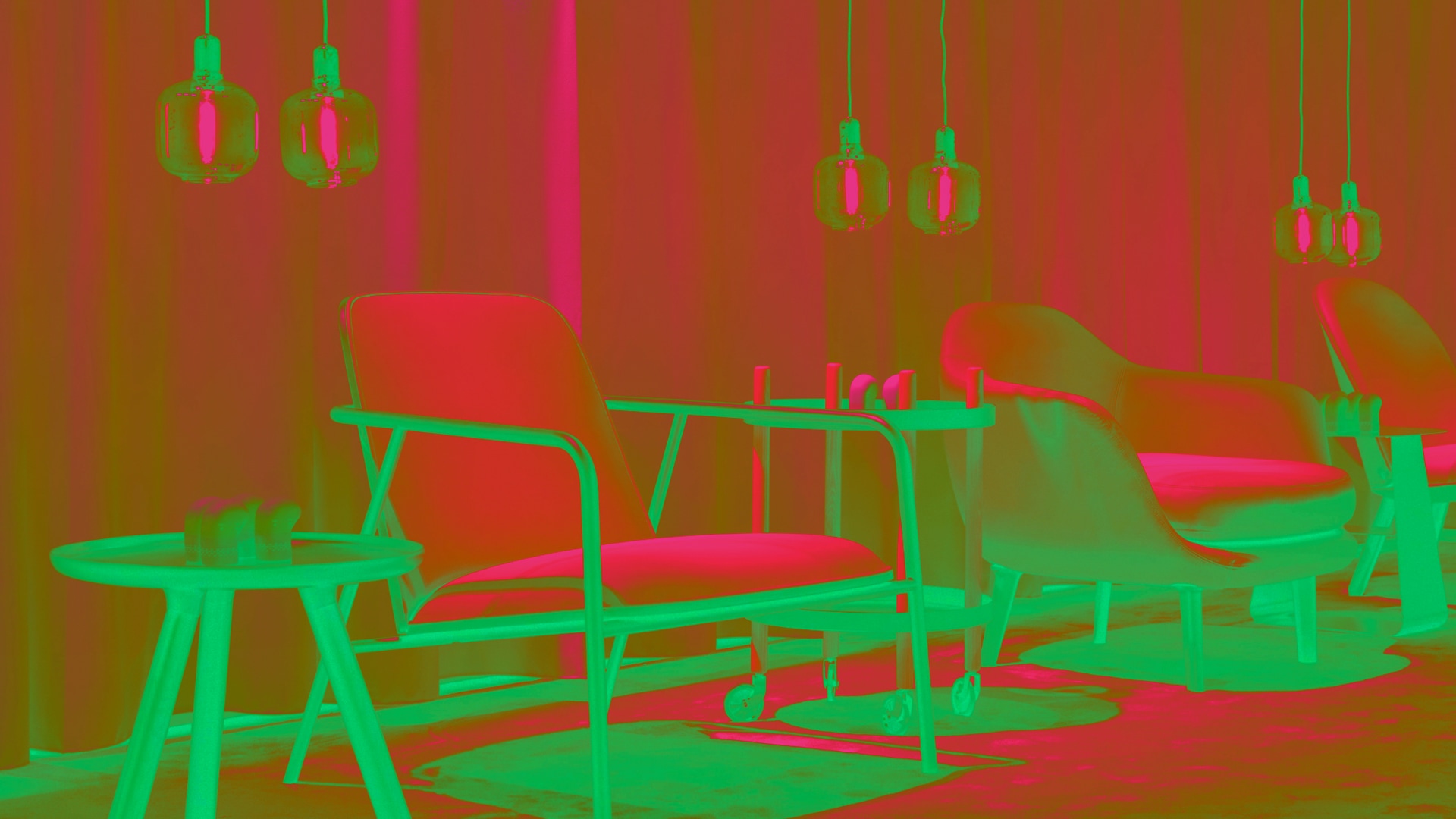)
Retail & luxury redefined: elevating the shopping experience
A comprehensive deep dive of the impact of emerging technologies on the future of retail. From immersive experiences to the advent of web 3.0 and beyond.
#Retail & Consumer Products
#Sustainability
#Luxury
Embracing sustainability and proximity commerce: the evolution of retail
European larger cities are embracing the global trend of the "15-minute city" development model, promoting the resurgence of proximity commerce, which is characterised by consumers' preference for shopping at nearby and easily accessible stores. Retailers are pivoting towards smaller, neighbourhood-centric outlets to address local needs and focus on high-margin products and services, which has implications for inventory management, logistics, and the overall retail experience.
Retailers have an opportunity to promote sustainability and attract environmentally conscious consumers by implementing eco-friendly practices throughout their business operations. This can include offering eco-friendly products, educating customers about the environmental benefits of these products, and sourcing products from sustainable sources. Investing in energy-efficient technologies can also reduce a retailer's environmental impact and operating costs. By prioritizing sustainability initiatives, retailers can contribute to the well-being of the planet and build a loyal customer base that shares their values.
Balancing innovation investments with business objectives
Integrating technology in retail offers both opportunities and challenges. Innovations such as smart trolleys have the potential to streamline the shopping process and elevate customer satisfaction. However, the adoption of these technologies, particularly in-store hardware-based solutions, can be hindered by substantial investment costs and the reluctance of some consumers who prefer traditional shopping methods.
Frictionless luxury experiences
Frictionless luxury shopping combines personalised recommendations, seamless integration across various channels, and the removal of queues and complex payment processes to create a smooth and enjoyable shopping journey tailored to each individual's preferences.
The importance of clienteling and concierge services will continue to grow, as these elements are essential for building personal connections and offering tailored services. By establishing personal connections with clients, sales associates can foster trust and loyalty within the luxury experience, utilising CRM systems to manage customer information and tailor the shopping experience for each client. By integrating technology discreetly into the in-store experience, sales assistants can focus on personalised attention while maintaining the sophisticated atmosphere that luxury customers expect.

Pop-up stores have become a popular strategy for luxury brands to cultivate a sense of exclusivity and urgency, as well as to experiment with innovative and immersive experiences that transcend mere transactions. These temporary spaces also allow brands to explore new markets, gather valuable consumer data, optimize the overall shopping experience and generate buzz among younger, tech-savvy demographics. Players in the luxury industry are shifting towards multidimensional, wall-less spaces that prioritise the overall experience rather than specific shopping channels. Virtual environments featuring immersive, three-dimensional spaces present new opportunities for purchasing experiences that blend the physical and digital worlds. Web 3.0 represents the next frontier for luxury retail, blurring the lines between physical and digital channels.
)
)